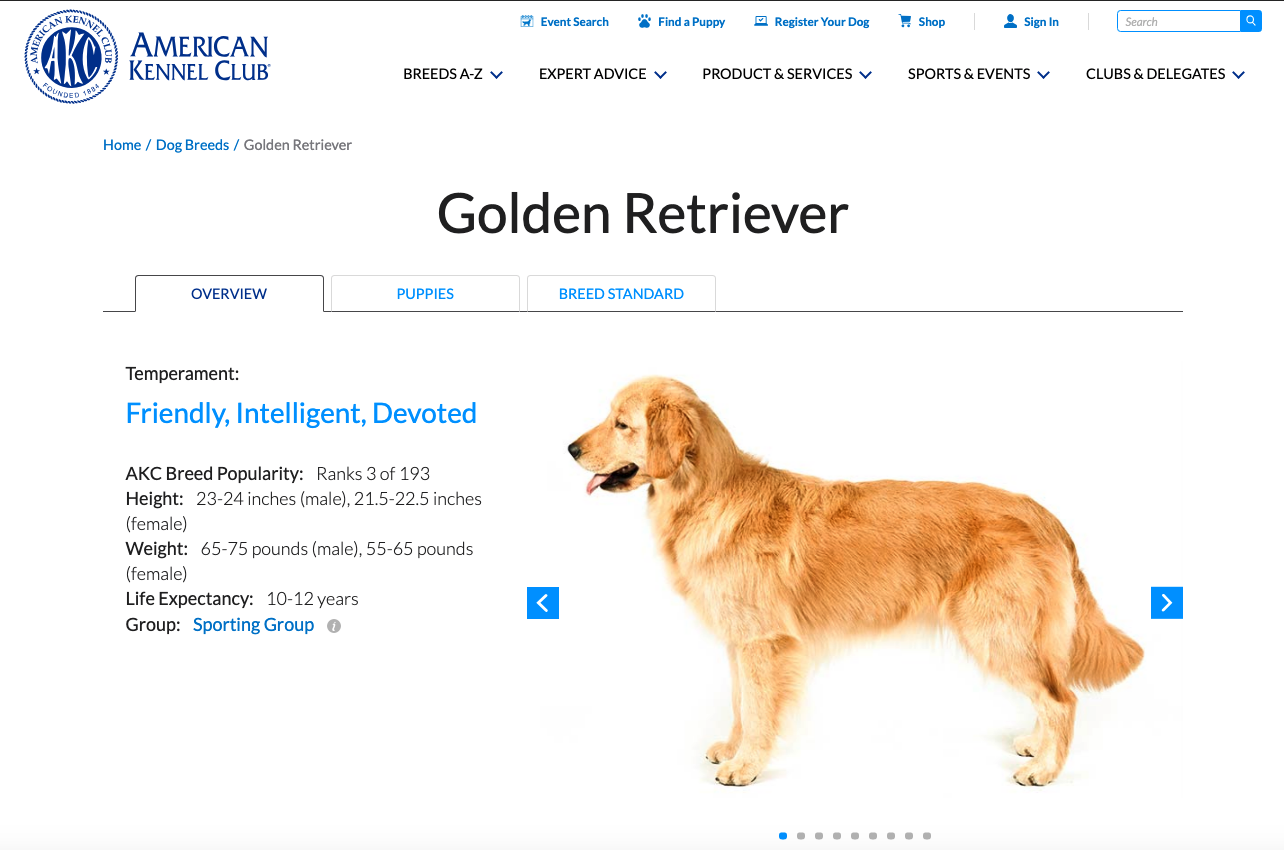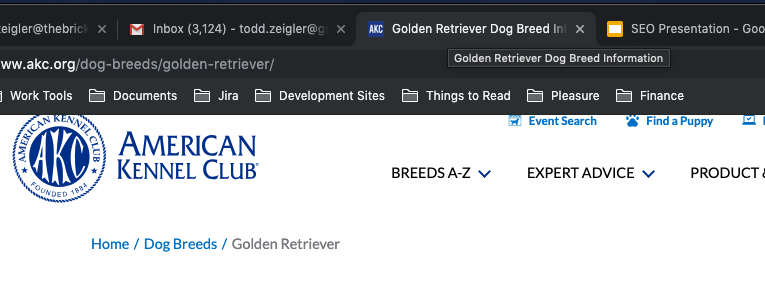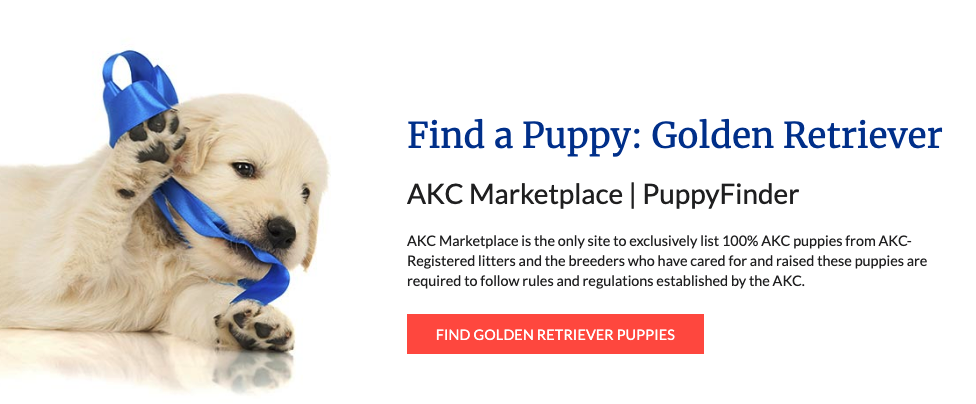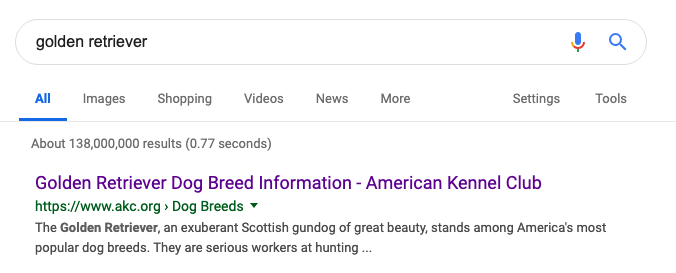While no one knows for sure, most experts believe Google’s algorithm uses at least 200 unique ranking factors to determine results. For content creators that don’t live and breathe Search Engine Optimization (SEO), knowing where to start can be difficult given the complexity of search algorithms and the glut of information that is available. It is difficult to tell the signal from the noise.
We created this beginner’s guide to on page SEO to provide writers with simple tips they can use to optimize the content they create.
Speaking generally, there are four main categories of factors that search engines use to determine search results.
As a writer, producing a new piece of content, you aren’t going to have control over factors like when your domain was registered or how well your website works on mobile phones. What you do have control over is the content you create. Given that, this guide provides simple tips for how content creators can optimize their website’s on page SEO.
As you can tell from our website, we are big fans of dogs at the Brick Factory. So it should come as no surprise that I decided to use a dog-related page and keyword search as an example of good on-page search engine optimization.
If you search online for just about any dog breed you are likely to come across a page from the American Kennel Club (AKC) in the first few results. This is not happenstance: they do a great job of optimizing content for search. Throughout the guide, I will use AKC’s Golden Retriever page, which ranks first in Google for “Golden Retriever” searches, as an example of good on-page SEO.
Following are eight simple steps to take to improve your site’s on page SEO, using AKC as an example of an organization that does this well.
Perhaps the most important tip is the most obvious. When writing a new piece content for your website you should do so with a target keyword in mind. So if you want the page you are creating to rank well for the term “golden retriever,” you need to draft the page with that goal in mind. Nearly all of the tips below are tactical steps you can take to optimize after you have selected your target keyword.
In addition to picking a primary keyword, you will also want to think through related searches people might perform. As an example, people interested in golden retrievers may search for related phrases such as “golden retriever puppies,” “golden retriever temperament,” and “rescue golden retrievers.”
It is important that the pages you create are visually attractive, easy to read online, and substantive. I recommend using video, subheadings, and images to make your page engaging. Taking these steps will help improve your performance for key on-page ranking factors such as dwell time (the length of time a visitor spends on your page after clicking from search results) and bounce rate.
The AKC site does a great job of creating attractive and substantive content. Their golden retriever page gives users what they want: tons of photos and information about golden retriever presented in an easy-to-read and attractive format.

Put simply, creating content about your chosen keyword that people find valuable will improve your rank.
The URL of your page signals to both search engines and users what your page is about. When creating a URL slug, try to use the keyword you are targeting prominently. As an example, the URL for the American Kennel Club golden retriever page is https://www.akc.org/dog-breeds/golden-retriever
Title tags are used to control how the page title appears in both a user’s browser and on a search engine results page (SERP). Google and other search engines factor title tags prominently in their search rankings. The title of our AKC example page is “Golden Retriever Dog Breed Information.”

Ideally, you want to keep your title tags under sixty characters. Google and other search engines truncate titles over that length.
Keyword density is the percentage of times a keyword appears on a page compared to the total number of words on the page. So if your article has 100 words and you use your keyword or phrase five times, your keyword density is 5%. You can use this tool to look up the keyword density of your page.
Search engine experts recommend a keyword density of somewhere between 0.5% and 3%. You want to use your keyword frequently, but not so frequently as to be obvious or annoying. Note that Google recognizes synonyms. Using synonyms can allow you to include keywords in your content while still having good flow.
The AKC golden retriever page has a keyword density of .6%.
It is important for on-page SEO to use your target keyword or phrase in the opening paragraph of your piece. Our AKC example includes the word “golden retriever” in the opening sentence of the page.
The Golden Retriever, an exuberant Scottish gundog of great beauty, stands among America’s most popular dog breeds.
When creating content for the web, it is a best practice to break content up into subsections using header tags. Web readers tend to skim, so using headers to categorize content improves the readability of your content. Just as critically, search engines use keyword use in header tags as a ranking factor.
The AKC Golden page does a great job of using the phrase “golden retriever” in header tags, as well as supplemental keywords like “puppy”, “care”, and “rescue”.

The consensus these days is that meta descriptions are not important for the rankings themselves. However, it is still important that you take the time to write a compelling meta description of your page. Meta descriptions are often used by Google to determine that teaser text that appears on search engine results page (SERP). A concise and well-written meta description will make users more likely to click through to your page.
Our AKC example page shows how complex Google’s algorithm is. AKC wrote the following custom Meta description:
Right breed for you? Golden Retriever information including personality, history, grooming, pictures, videos, and the AKC breed standard.
Yet on the SERP page, Google is picking up the first paragraph of text from the page instead of the Meta description.

Sometimes Google uses text from the actual page to create its descriptions. Sometimes it uses the Meta description. I would create a good Meta description to ensure your bases are covered.
On page Search Engine Optimization is not rocket science. Hopefully, the simple tips we provide in this article will help you get more out of the content you work so hard to produce.
Follow the links below to learn more about SEO and for links to tools you can use to better optimize your content.
Sign up today to have our latest posts delivered straight to your inbox.